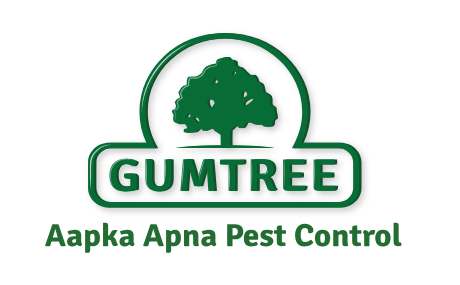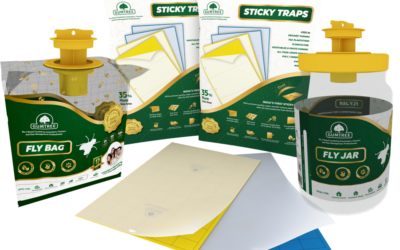An increasing number of growers are turning to hydroponics to achieve higher crop productivity and profits.
Some major advantages of this system include faster growth and better-quality produce, higher plant density, efficient use of resources like space, water, and nutrients, reduced risk of soil-borne diseases and pest infestations.

Although hydroponic cultivation has many benefits, it also presents challenges, such as high initial costs, the need for technical expertise, energy consumption, and the risk of water-borne and airborne pests and diseases.
Under soilless conditions, sap-sucking pests such as aphids, whiteflies, and thrips are more common due to the abundant fresh and tender foliage, which attracts these pests. The ideal environment in hydroponic systems further facilitates their growth.
Aphids are a common issue in hydroponic cultivation, and growers are likely to encounter them at some stage of the growing process. They form colonies on the stems or the undersides of leaves, preferring the newer growth. Hence, they are often found on the upper branches or at the top of the plant. The ideal temperature for hydroponic cultivation is between 18-27°C, which also aligns with the optimal conditions for aphid growth.
In a hydroponic system, aphids can lead to the following problems:
• Sap Sucking: Aphids cause yellowing, wilting, and stunted growth in plant tissues by sucking the sap.
• Virus Transmission: Aphids act as vectors of various viral diseases, reducing the crop yield.
• Sooty Mold: Aphids secrete honeydew, promoting the development of sooty mold on crops.
• Malformed Shoots: Aphid infestations can deform new plant shoots.
• Stunted Growth: Aphid activity inhibits the plant’s overall growth.
• Ant Attraction: Ants are attracted to aphid honeydew, which can weaken plants and cause yellowing.
Preventing aphids from reaching severe infestation levels in the hydroponic system is the key for any pest management strategy.
Maintain sanitation by regularly removing plant debris and keeping the area tidy to reduce the chances of aphids establishing a foothold.
Regularly inspect plants for signs of aphids (such as curled leaves or honeydew) and incorporate yellow sticky traps or rolls for monitoring. These traps are effective at attracting aphids and complement other control methods by physically trapping pests.
By adopting holistic integrated pest management practices throughout the crop’s growth stages, you can protect your hydroponic plants from aphid infestations and promote healthier growth.





